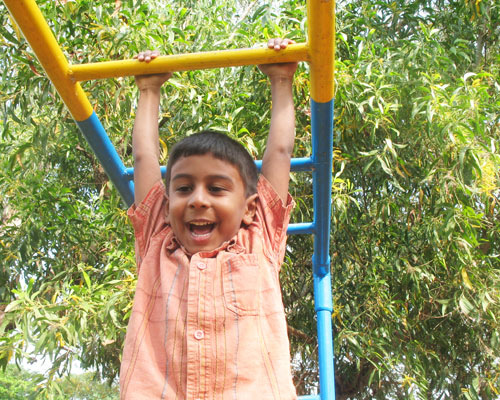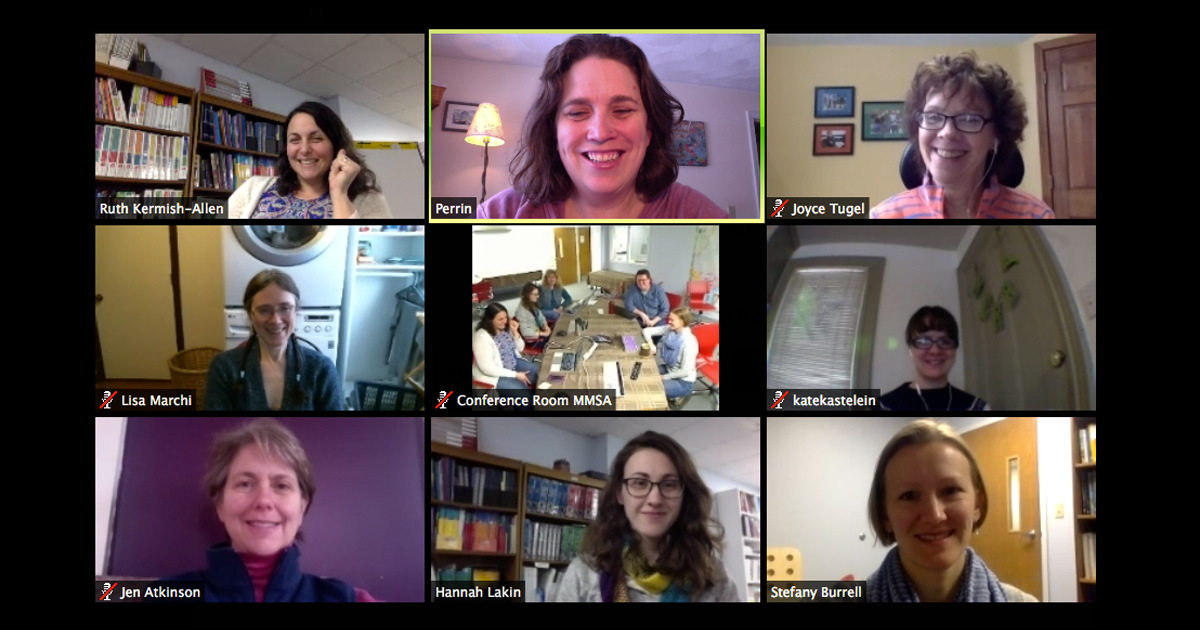The PAQS address five categories:
- Content and quality, requiring activities to be conducted outside whenever possible and accessible to all participants, regardless of ability; and offering guidelines for levels of exertion and amounts of time, with emphasis on aerobic exercise, as well as muscle- and bone-strengthening activities.
- Staff training, requiring staff to be certified in First Aid/CPR; trained in adapting physical activities to meet all students' needs; and specifying ongoing training requirements.
- Social support, referring to group practices and personal interactions to foster a positive relationship with physical activity.
- Program support, including infrastructure and practices such as budget, quality monitoring, staff supervision, and staff development.
- Environmental support, including facilities, equipment, and program space.
Approximately five thousand NAA members were e-mailed a link to a survey, and recipients were encouraged to forward the link. Seventy-one summer OST programs and 689 school-year OST programs responded over the course of three weeks. Based on the survey responses, Wiecha, Barnes, and Hall found that about two-thirds of respondents reported prior familiarity with the PAQS. Upward of sixty percent of both summer and school-year OST programs reported using the PAQS to plan their programming.
In both afterschool and summer programs, survey results indicated that several best practices were being implemented at high levels. These areas included having access to a safe and clean outdoor area, such as a playground or playing field; staff certification in CPR and first aid; and equipment meeting safety standards.
The study also noted there were several best practices being implemented at low levels by both summer and school-year programs, including professional development for staff, engagement with parents and guardians regarding the program's physical activity goals, and adequate funding for equipment promoting physical activity.
The researchers noted that while this study helped to establish a baseline that can be measured from, because of limited response to the survey and a possible desire to submit socially desirable responses, the information collected may not be entirely representative of NAA's members, and could be skewed in a positive direction. Recommendations for further research included developing a national sampling of OST sites, improving the questionnaire, and conducting regular, periodic surveys to monitor trends.
Click here to read the full report.




